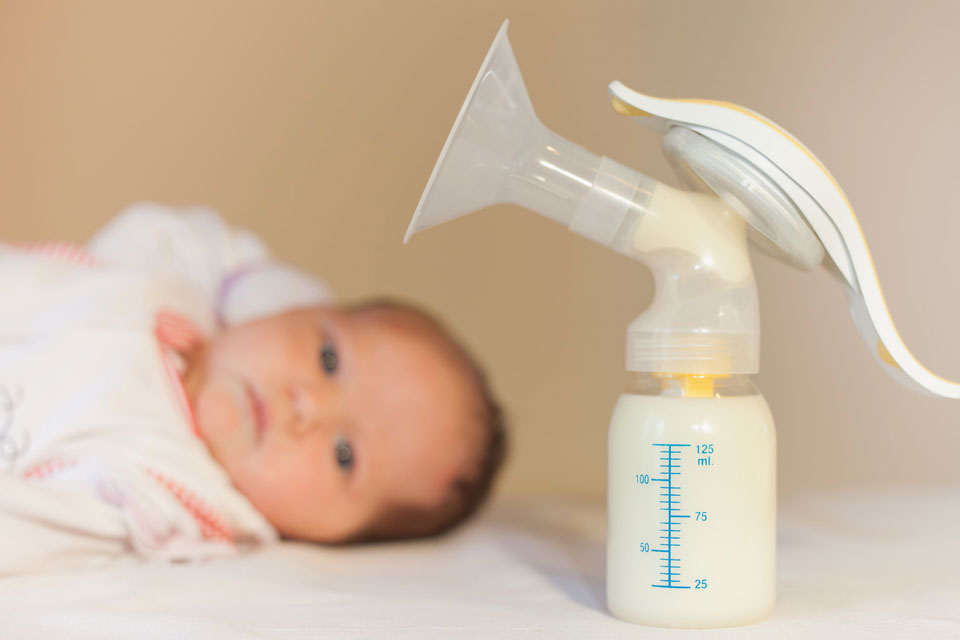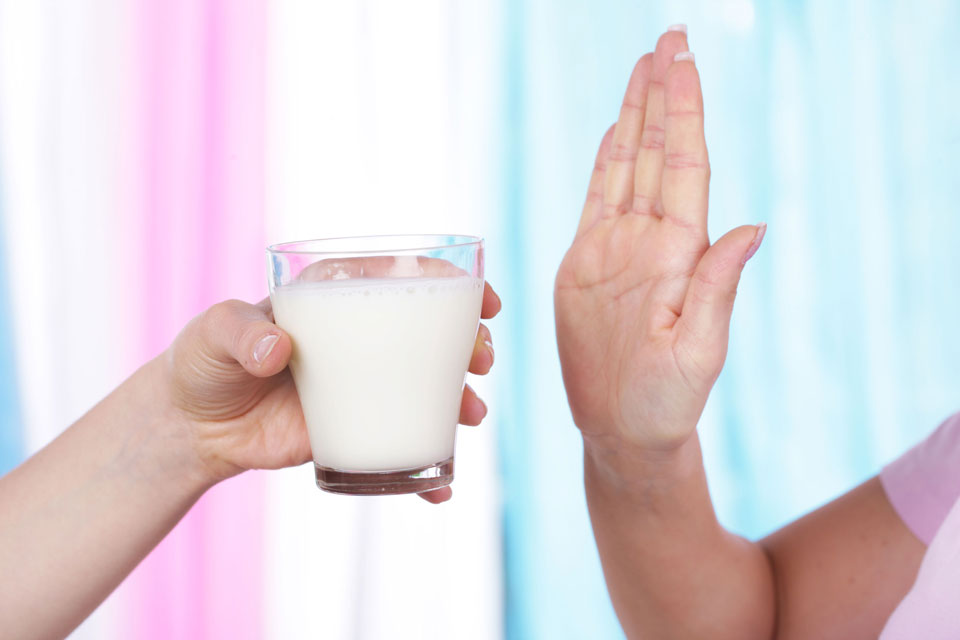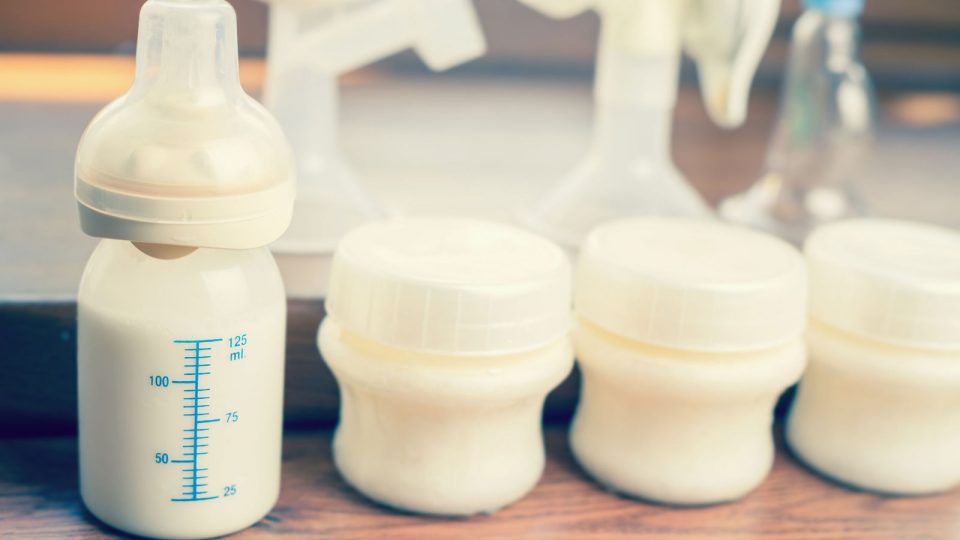The thought might make you cringe, but a growing number of athletes in the West are turning to breast milk to achieve their fitness goals.
Compared to protein shakes and other drinks, it offers a 60:40 ratio of whey to casein, and the protein helps pack on muscle better than many other beverages.
Some believe the hormones found in the milk can also aid in bodybuilding. These are just some of the many factors at hand when it comes to the substance many refer to as “liquid gold.”
The Benefits of Breast Milk for Babies
It has long been known that breast milk is far more beneficial for infants compared to formula, and it is necessary for proper cognitive and physical development.
It provides ideal nutrition for babies through a mix of protein, fat and vitamins needed at this stage of life, and it’s usually digested more easily than formula. Breast milk contains antibodies that help babies fight off illness, and lowers the risk of allergies and asthma.
Breastfeeding also helps lower the risk of sudden infant death syndrome, or SIDS, by half.
A research study in Brazil even found that babies that nursed were more likely to be better educated and earn a greater income as adults compared to those that received formula.

The Nutritional Breakdown of Human Breast Milk
Bodybuilders probably find breast milk enticing due to the fact that the liquid is rich in calories and nutrients. Because it’s made to rapidly develop the infant body, you may think it would have a similar effect in adults.
A cup of breast milk contains 170 calories, 16 grams of carbohydrates, 10 grams of fat and 2 grams of protein. It’s chock full of vitamins and minerals, and it also contains several growth hormones.
The latter only adds to its appeal for adults looking to bulk up, but there is no evidence to suggest it affects adults in a positive way.
The Controversial Benefits of Breast Milk for Runners
The concept of drinking breast milk for athleticism is one usually practised by power lifters and similar performers, but the group is shifting to include runners and triathletes as well.
Because of its nutrient and protein content, it’s thought by many to act as a superb recovery aid and immunity enhancer. Along with its protein, the hormones and bioactive compounds found in fresh milk make it all the more enticing as a performance enhancer.
The 60:40 ratio of whey to casein in breast milk is remarkable compared to the 20:80 ratio in cow’s milk, and this additional whey can facilitate faster recovery.

Evidence to Support Adult Usage
There is still some evidence to suggest that a component of breast milk may be useful in treating chronic illness such as cancer.
This component, known as HAMLET, has the ability to kill tumour cells without destroying fully differentiated healthy cells. Some studies have also linked human breast milk to the treatment of such conditions as acne, arthritis and diabetes.
It should be noted that the use of milk in cancer studies relates to a component of the milk created in a laboratory, and according to the British Nutrition Foundation, it does not show that the consumption of breast milk by adults can help fight cancer.
Concerns About Drinking Breast Milk for Adults
Getting to the root of why people are now purchasing breast milk for personal use isn’t easy. Most involved in the trade aren’t so open to discuss it publicly.
Imagine being a lactating mother spending all of your free time pumping twice as much milk as normal. It would seem quite strange when only some of your supply goes toward your baby. The situation is even worse if your child is at an age where he or she can be weaned off milk, yet you pump it around the clock.
Those around you may become suspicious. Even if you were the one buying it, it would be hard to explain why you have a stranger’s bodily fluids in your refrigerator.
Unfortunately, for the latter group, some people purchase breast milk not for any health benefits but for their own fetishes. Many women selling their milk forbid purchases by those looking to fulfil adult wet nursing fantasies.
Even as a health food, breast milk for athletes doesn’t seem to serve much purpose. Your need for this substance is greatly reduced after being weaned, so the nutrients contained within it may not even be properly absorbed when consumed.
Using standard sports training and nutrition methods is a much more logical and practical way to improve performance and recovery when exercising.
Breast milk is made specifically to match a baby’s requirements for development, but it isn’t made to support the adult body.
There is also the risk that comes with purchasing milk from complete strangers. The dangers associated with drinking breast milk from women you don’t know include contractable diseases and viruses such as Hepatitis B and C, HIV and syphilis.
Buying a consumed item through the black market puts you at risk for pathogens the lactating mother may not even know she has. A woman may pump milk with honest intentions under the assumption that she’s healthy, but many of the aforementioned illnesses don’t even present symptoms in early stages if they do at all.
This is one of the reasons banks that legally sell milk screen and pasteurise their donations, but the same can’t be said for milk obtained through other means.

To Drink or Not to Drink?
In general, the possible benefits of supplementing your diet with breast milk are outweighed by the disadvantages. It is not an easily-acquired substance, and it requires questionable means to gain access.
Breast milk is also expensive as it carries an average price of 1.50 USD per ounce according to The Human Milk Banking Association of North America. Also, the quality of the milk is only as good as the supplier.
If a woman has a poor diet, the quality of her milk will reflect that. If she pumps at home in an environment that is not sterile, the milk is likely to become contaminated.
Lack of refrigeration during the shipping process also provides the chance for bacteria to thrive and lead to food poisoning.
The phenomenon of using breast milk as a fitness aid reportedly began in the US, and eventually athletes from the UK got into the trend.
Like most fitness trends, it is possible this one could spread as well to affect fitness enthusiasts across Asia.
How likely do you think it is that this behaviour could catch on in Singapore?




